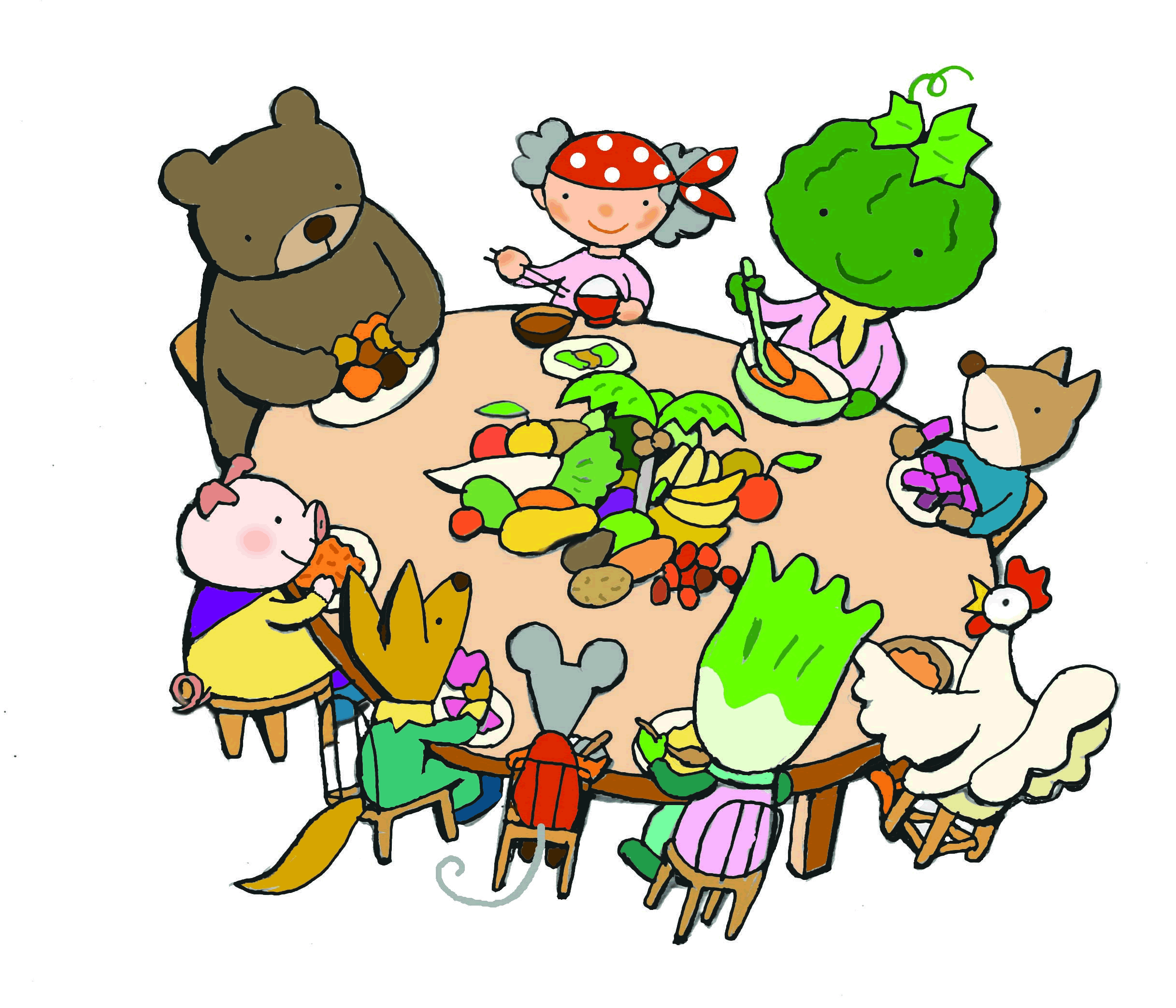Bio Journal, the publication by Citizens’ Biotechnology Information Center (CBIC) has made a detailed analysis of some of the most pressing issues that were discussed at the MOP5/COP10 meeting in Nagoya in October 2010.
The results of the negotiations regarding Access and Benefit Sharing (ABS) and the new Aichi Target (20 objectives for biodiversity protection through 2020, the expansion of protected areas to 17 percent of the world’s land and 10 percent of its waters, and to halve the rate at which natural habitats are lost) were discussed in the press, but the important Nagoya-Kuala Lumpur Supplementary Protocol on Liability and Redress did not get as much attention. Bio Journal explains:
At the Convention on Biological Diversity, Fifth Meeting of the Parties to the Cartagena Protocol on Biosafety held at the Nagoya Conference Center, agreement was reached on 15 October 2010 on the Supplementary Protocol that stipulates the framework for liability and redress in the event of loss or damage caused by GM crops. Until now there has been no internationally agreed framework or treaty for assessing liability or claiming compensation for losses caused by cross-fertilization and so on with GM crops.
Two issues made formation of the agreement extremely difficult. The first was that the conclusion concerning financial guarantees was postponed and the second was that agreement was reached when the words ‘and the products thereof’ was deleted from the text concerning ‘Living Modified Organism and the products thereof’.
The protocol, as with the Kyoto Protocol, takes the name of the city where it was established, but this time the role played by Malaysia was considered to have been significant and so the protocol was given the name “Nagoya – Kuala Lumpur Supplementary Protocol on Liability and Redress” (NKL Supplementary Protocol). The protocol will enter into force when it has been ratified by 40 or more countries.
Read more here:

